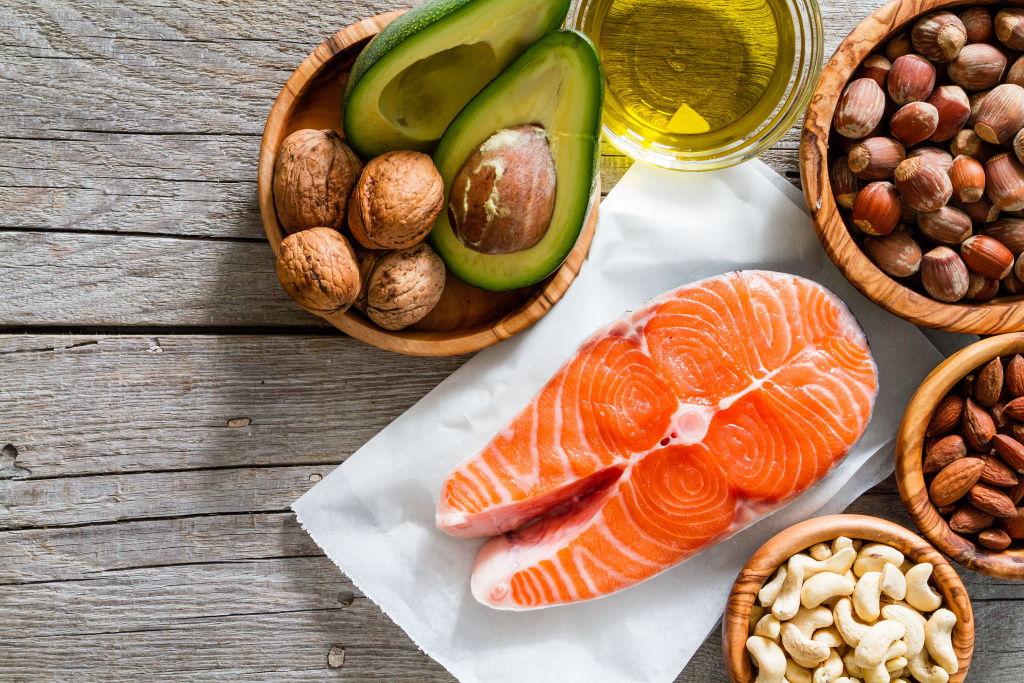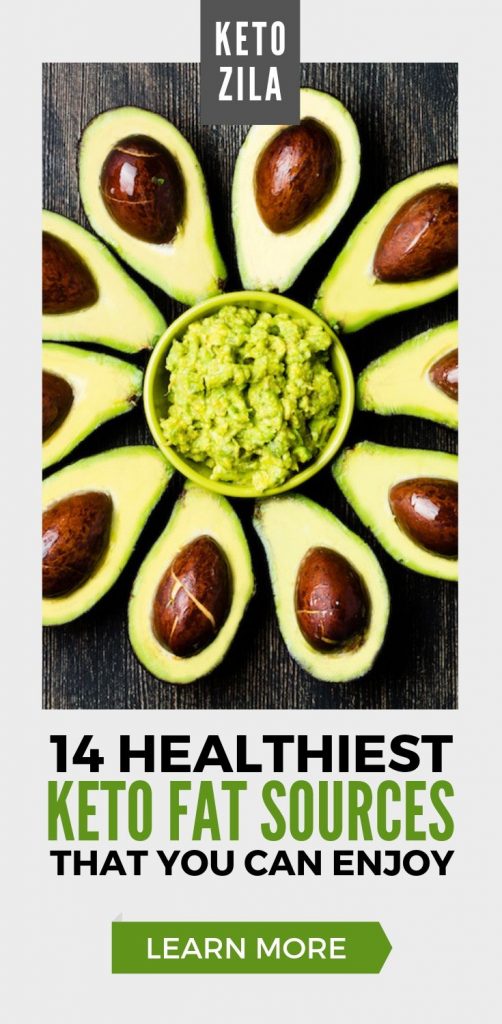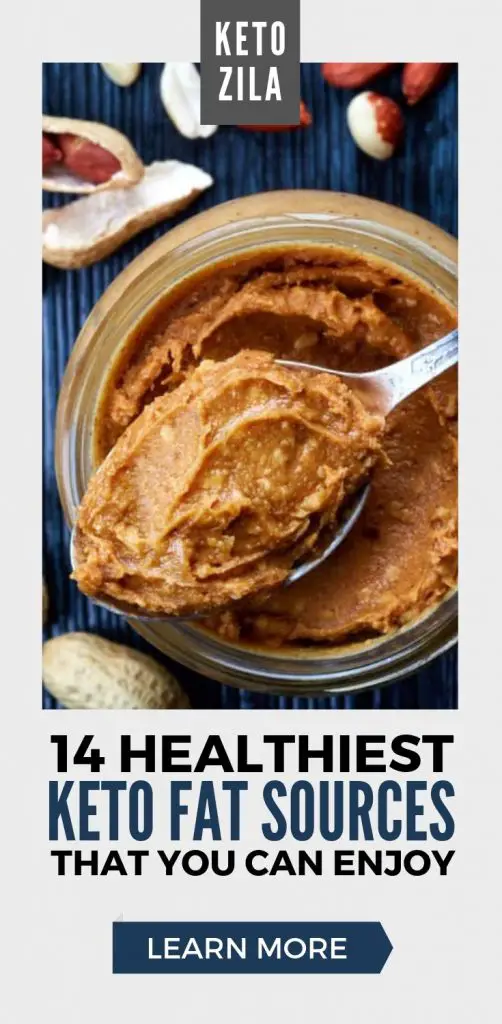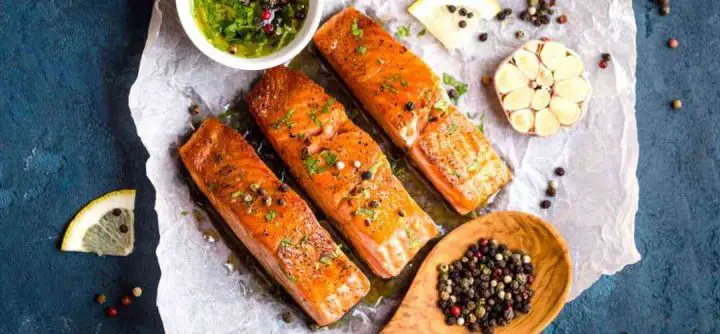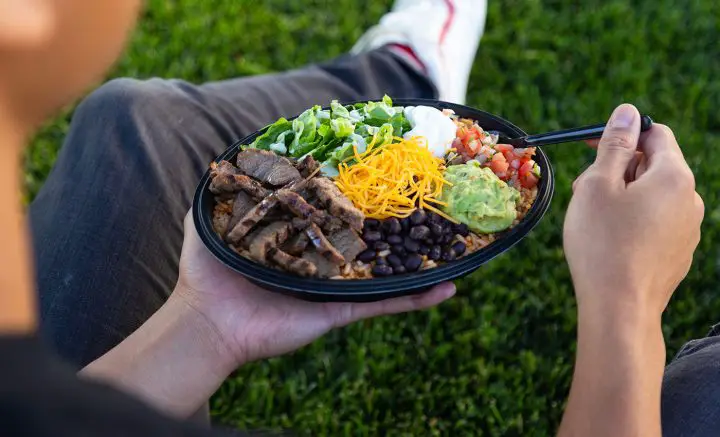When following a high-fat, low-carb keto diet, it is important to keep in mind that not all fats are made equal.
Some fat sources are healthier for you than others, and it is important that you eat the most healthy fat options to accomplish your keto goals effectively.
Below are 14 nutritious sources of fat you can enjoy while on a keto diet.
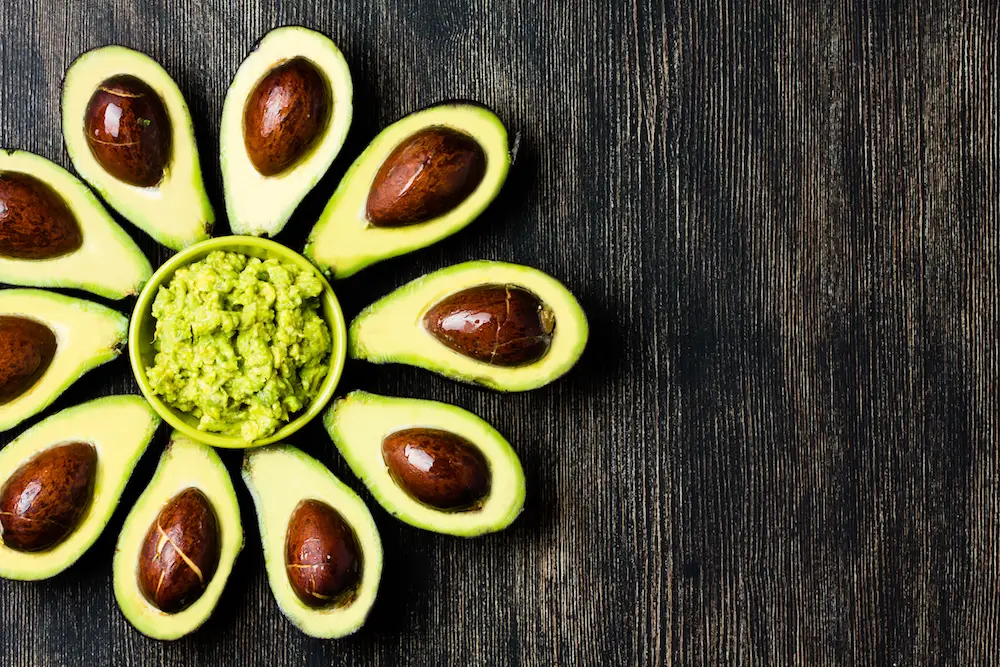
1. Avocado
Avocados aren’t only a great source of healthy fats, but also provide essential vitamins and minerals, and hefty dose of fiber.
Studies suggest that avocados and its oil may promote balanced blood sugar, heart health, and healthy ageing. You can add it to salads or smoothies, use it to make guacamole, or you can enjoy it by itself.
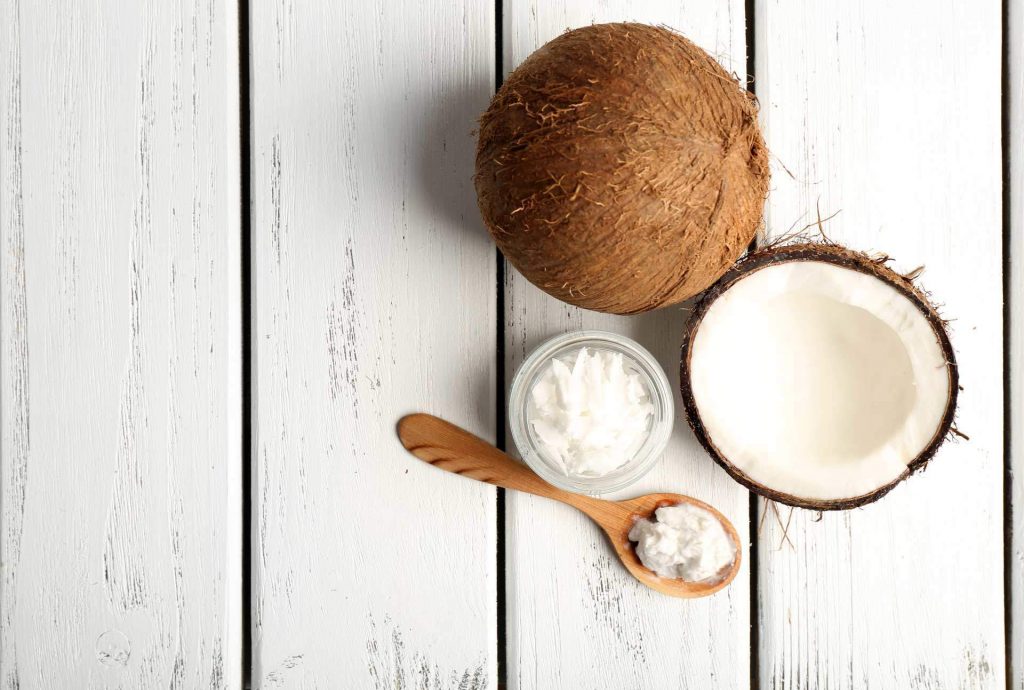
2. Coconuts and Virgin Coconut Oil
Coconuts and its oil are widely known keto fat sources because they offer a natural source of MCTs or medium-chain triglycerides, a fat type which your body can quickly absorb and use.
Research indicates that MCTs can quicken your transition to ketosis, a metabolic state wherein your body uses fats for fuel instead of glucose.
Moreover, MCTs are far more likely to be used as energy than to be deposited as fat, which would help in losing weight.
You can add coconut flakes to smoothies or home-made trail mix. You can also make curried meats using full-fat coconut milk or roast vegetables by using coconut oil. Try sautéed cauliflower rice in fresh lime juice and coconut oil for an island-style flavor.
If you are looking for a cold-pressed, organic coconut oil that has the highest MCT content, then we recommend the Organic Virgin Coconut Oil from Viva Naturals.
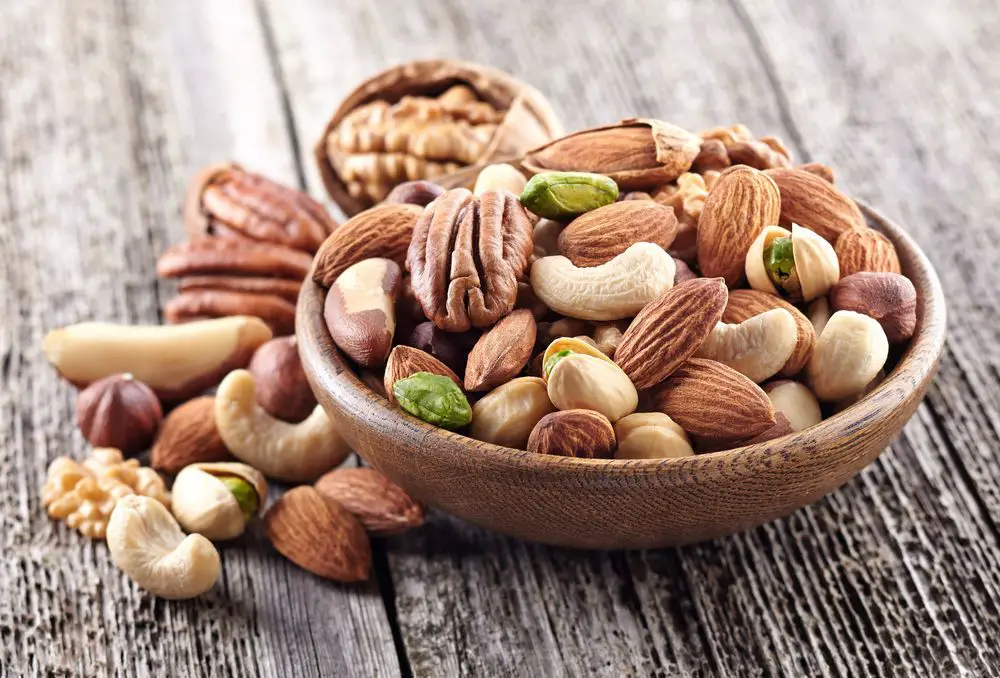
3. Nuts
Including various kinds of nuts into your diet is a good way to raise your intake of fiber, plant-based protein, and healthy fats.
In addition, a higher consumption of nuts is correlated with a decreased risk of heart disease and mortalities related to diabetes, cancer, and respiratory diseases.
Nuts vary in their nutrients, so consuming a variety of your favorite nuts will aid you get the most health benefits. Brazil nuts, pecans, almonds, walnuts, and pistachios are all great options for keto.
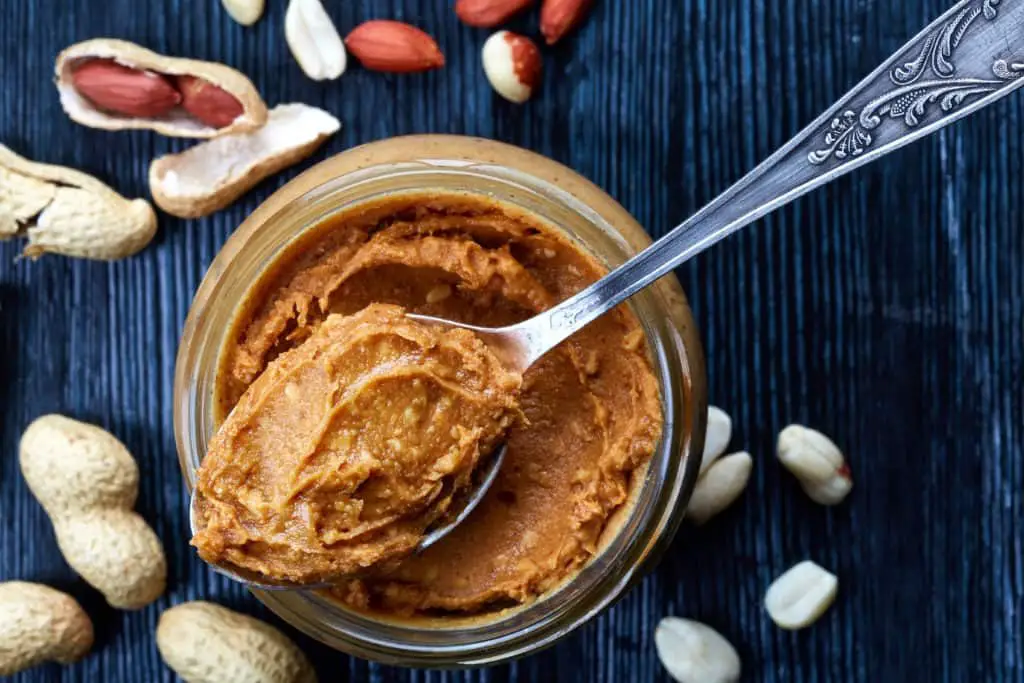
4. Seed and Nut Butters
Seed and nut butters provide the same health benefits as consuming whole seeds and nuts, albeit in a more versatile package.
You can use almond butter to dip low-carb vegetables or use sunflower butter on your keto crackers.
You can also use your favorite nut butter for making energy bites or add it on your smoothies. You can even add it in marinades for veggie or fish noodles.
If you have time, you could also create your own seed and nut butters, but if you’re intending to use store-bought variants, be sure to check the ingredient label. Several varieties contain sweeteners that are inappropriate for a keto diet.
The best nut butter that we have tried so far is the Almond Butter by Legendary Foods. It is really creamy and you can snack on it as a treat without the guilt.
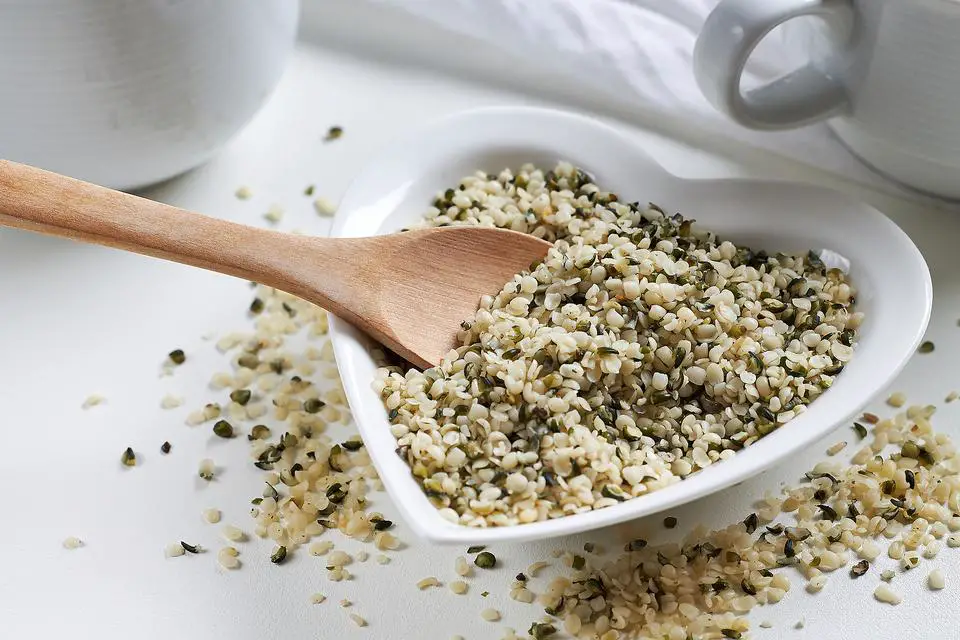
5. Hemp Hearts
Seeds, or hemp hearts, are another excellent nutrient-dense food to increase the keto dieter’s fat intake.
3 tablespoons (30 grams) of hemp heart include 16 grams of fat, which makes them an ideal choice for high-fat diets.
They are one of the few complete plant-based sources of protein which contains all nine important amino acids. They also contain a wide range of vitamins and minerals.
We mix Hemp Hearts by Manitoba in our keto-friendly smoothies to make it taste richer and creamier.
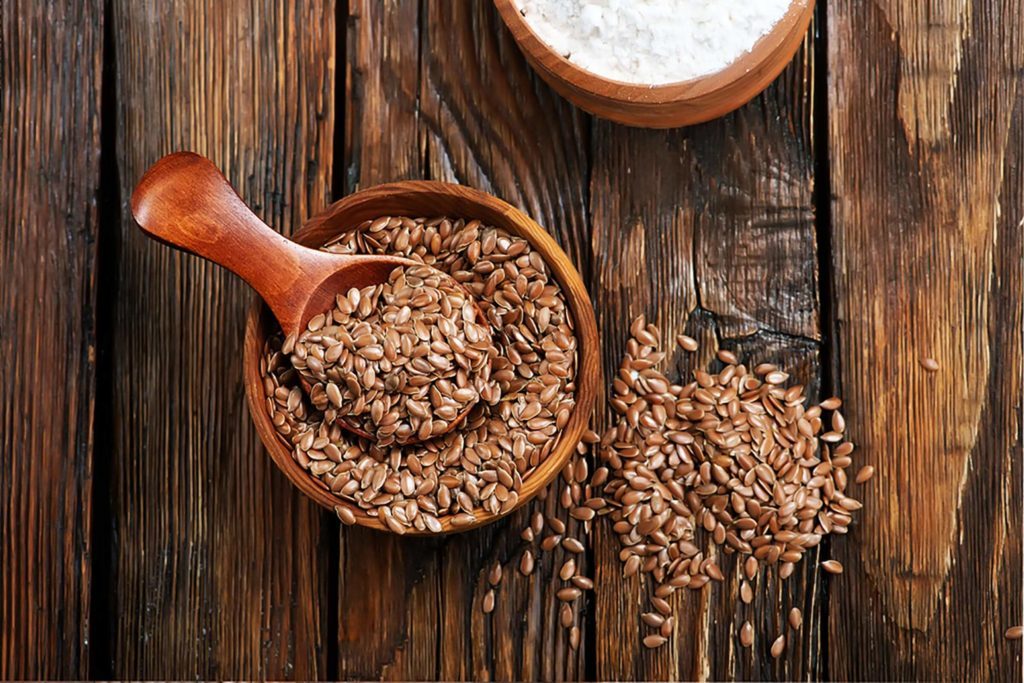
6. Flax Seeds
Flax seeds are a great source of fiber, anti-inflammatory omega-3, and plant-based compounds that improve health.
A quarter cup of flax seed contains 18 grams of fat (mostly from omega-3s), 7 grams of protein, and 11 grams of fiber.
Research suggests that flax seeds and its oil can help prevent diabetes, degenerative brain diseases, cancer, and heart disease.
You can sprinkle some ground flax seeds on soups or salads, or you can also add them to your keto smoothies. You may also add ground or whole flax seeds into your keto-friendly pancakes, muffins, and crackers.
We use Organic Ground Flaxseed by Spectrum Essentials and it makes our keto pancakes healthier and packed with fiber.
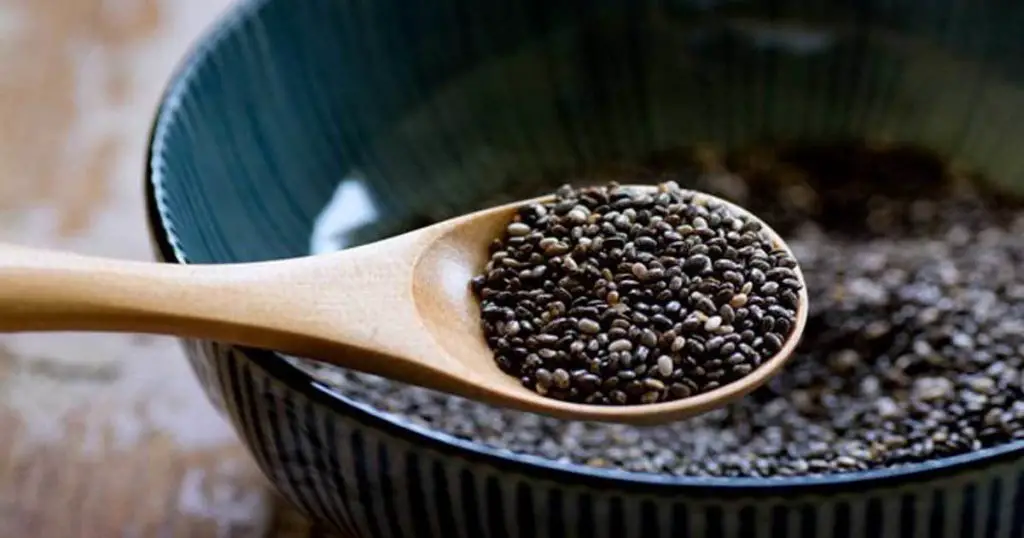
7. Chia Seeds
Chia seeds contains a lot of fiber and healthy fats, which makes them an ideal food for a keto diet.
You get 4 grams of fat, which comes mostly from omega-3s, as well as 4 grams of fiber in just 1 tablespoon (15 grams) of chia seeds.
These seeds also consist a variety of plant compounds which can decrease inflammation and help stop chronic diseases such as diabetes, heart disease, and cancer.
In addition, chia seeds have a distinctive capacity to absorb water. They become really gelatinous when they are soaked in water for a few minutes. In this gelatinous form, they could be used to create chia pudding or to thicken dressings and sauces.
As with other seeds, chia can be mixed into smoothies or stirred into salads, soups, and yogurt. You may also use them to create keto-style crackers or as breading for baked fish, chicken or pork.
In our experience, most chia seed brands contain worms and dead larva inside the package so beware when buying one. We only buy Anthony’s Organic Chia Seeds to avoid this problem.
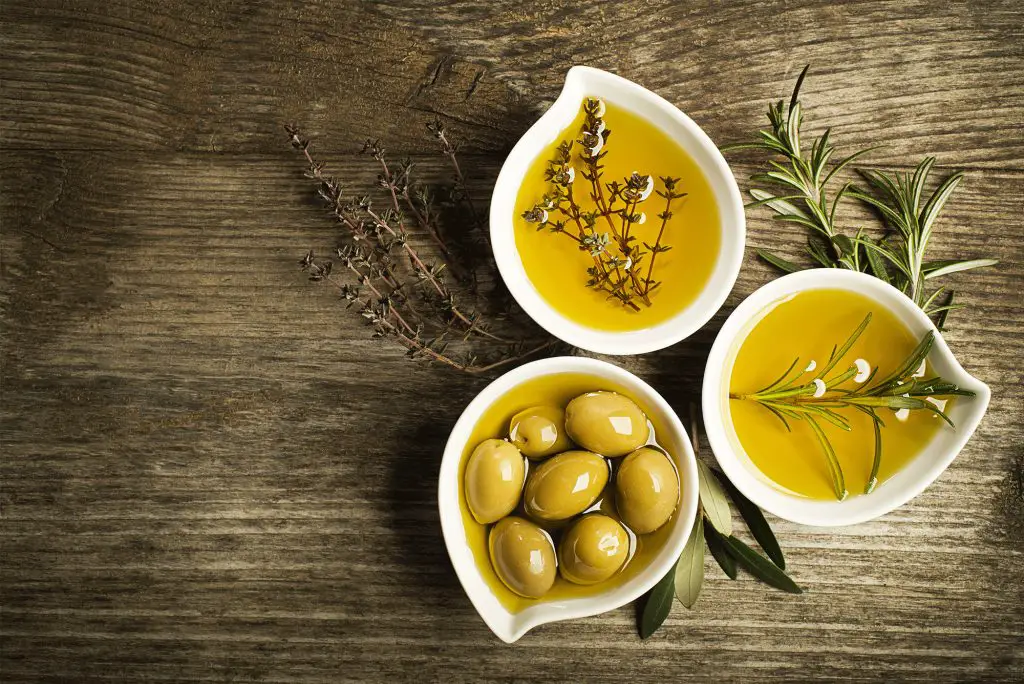
8. Cold-Pressed Olive Oil and Olives
For decades, the benefits of olive oil and olives have been studied, and it is not a coincidence that they are included in most of the healthiest diets in the world.
Olives not only are packed with heart-healthy fats but it also contain a variety of plant compounds which are known to decrease inflammation and risk of chronic conditions including osteoporosis, cancer, and heart disease.
Olives can be eaten as a portable and convenient snack. You can also toss them into salads or antipasto. For an extra kick of flavor, stuff the olives with gorgonzola cheese, pimientos, or garlic.
Cold-pressed virgin olive oil can also be drizzled over lightly sautéed or grilled veggies to raise fat content or use it as a base for fresh salad dressing, vegetables, roasted meats, or marinade.
It is important that the olive oil was extracted via cold press to make sure that the it was not overprocessed. We personally use Cold-Pressed Olive Oil by Colativa for our salad dressing.
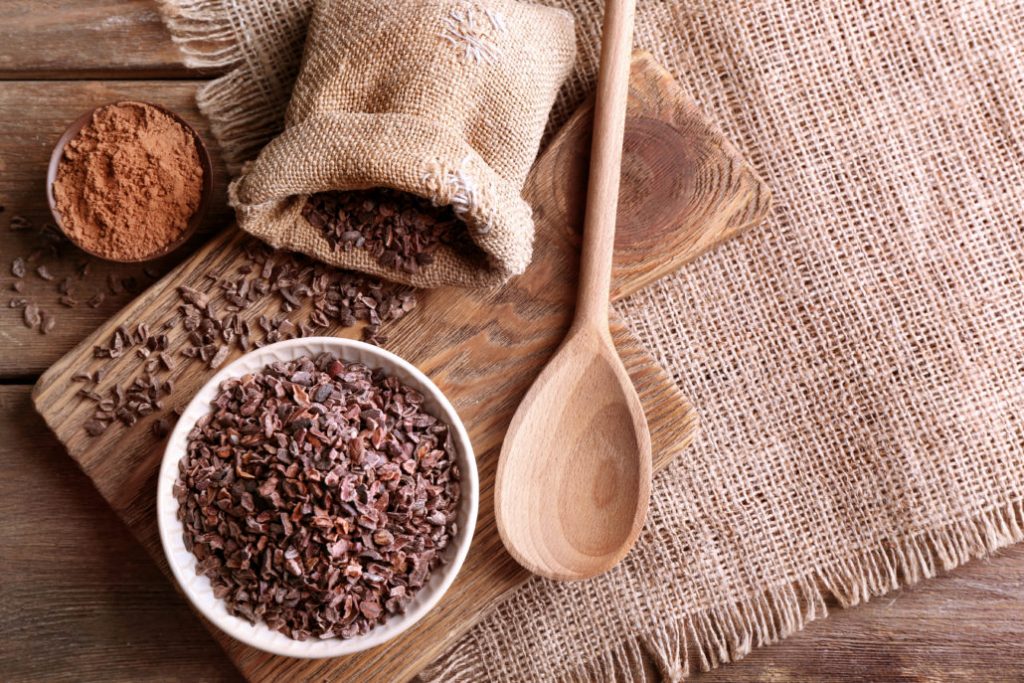
9. Cacao Nibs
If you don’t think chocolate is part of your keto diet, think again.
Cacao nibs are a type of raw chocolate that is unprocessed and unsweetened. Only 1 ounce (28 grams) gives a whopping 9 grams of fiber and about 12 grams of fat.
Dark chocolate is very well known for its abundant supply of polyphenols – an anti-inflammatory plant compound which can promote the growth of good gut bacteria.
You may add cacao to trail mix, energy bites, or homemade smoothies. If you do have a sweet tooth, you can melt cacao nibs in coconut milk on the stovetop to create keto hot chocolate. Then blend in your favorite keto-friendly sugar substitute like monk fruit or stevia.
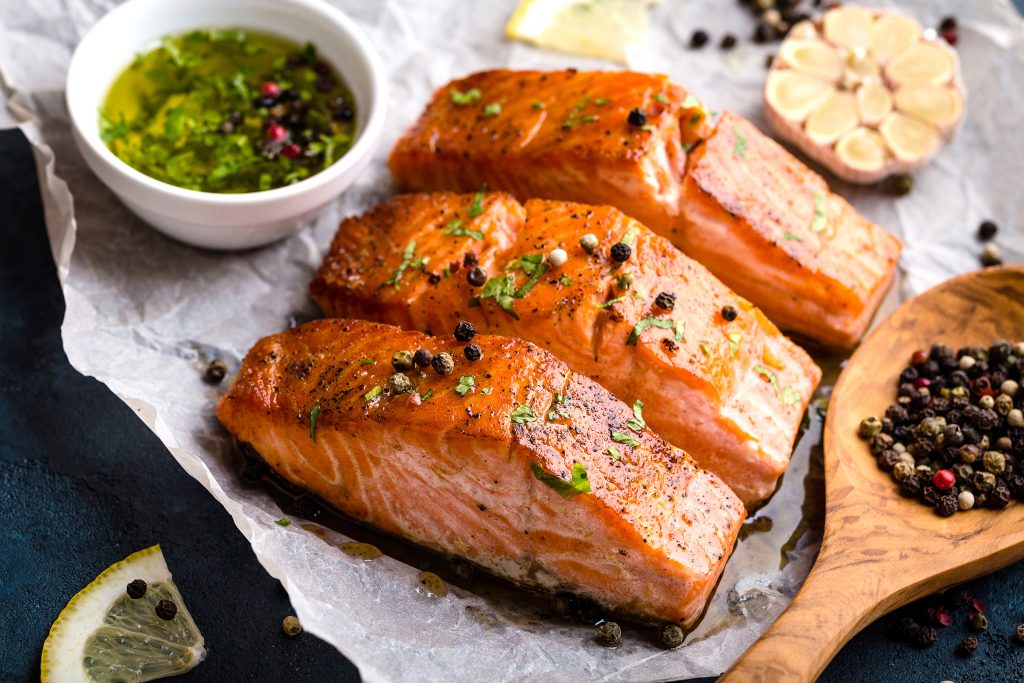
10. Fatty Fish
Fatty fish such as sardines, anchovies, tuna, and salmon are excellent choices in a nutritious keto diet.
They provide a lot of high-quality protein and omega-3 fats, which is good for the heart. Some types like salmon also provide a considerable amount of vitamin D, which is critical to bone health, immune function, and more.
Grill or bake a filet of fatty wild-caught fish to serve with roasted vegetables or salad. You could also use canned fish combined with spices, herbs, and mayonnaise to store celery sticks, avocado, and lettuce wraps.
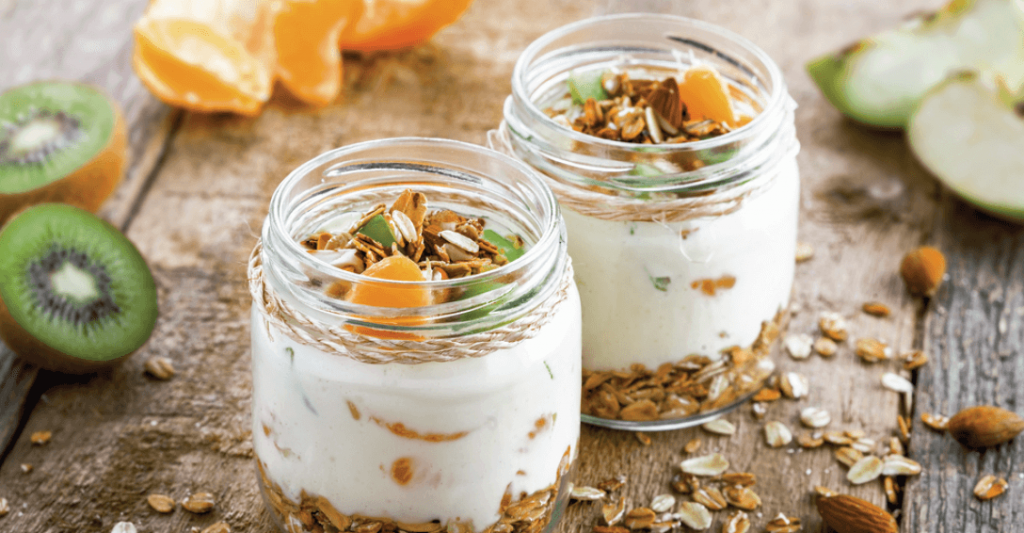
11. Full-Fat Greek Yogurt
Although it includes some carbs, full-fat, unsweetened Greek yogurt can still be a good complement to a keto diet.
A 5-ounce (150-gram) serving contains approximately 6 grams of carbs, 13 grams of protein, and 6 grams of fat.
Yogurt is also a wonderful source of good bacteria known as probiotics that improves digestive function.
Consume Greek yogurt on its own or build a perfect keto yogurt by layering cacao, coconut, seeds, and nuts. You may also blend in herbs and spices to create a delicious veggie dip.
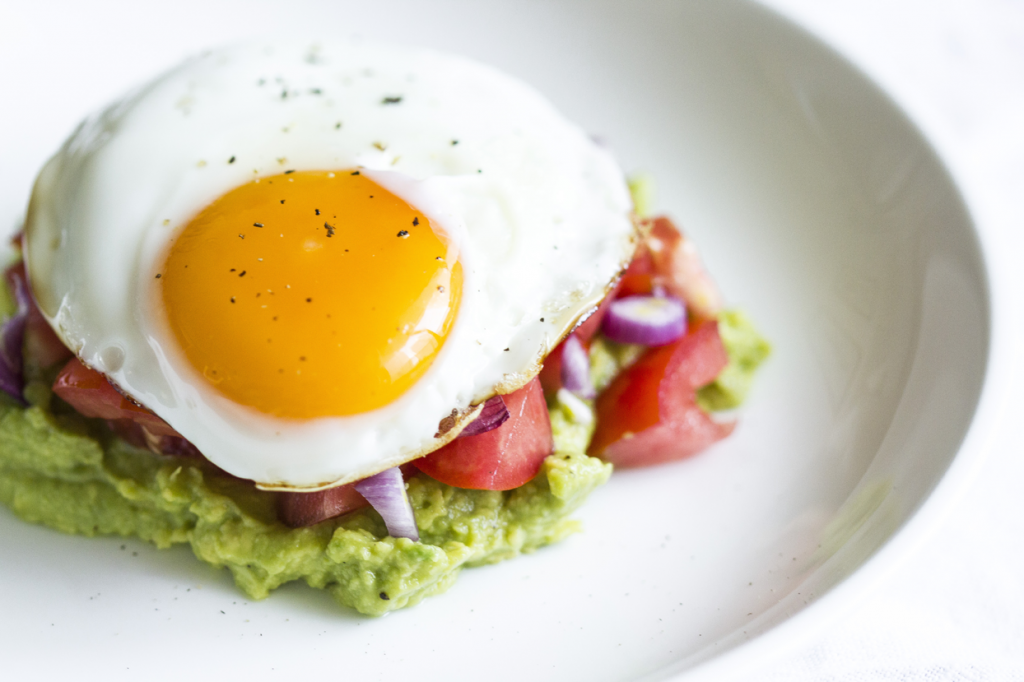
12. Whole Eggs
Eggs are very versatile and nutritious making them easy to add to a ketogenic diet.
A 56 gram egg contains about 7 grams of protein, 5 grams of fat, and 80 calories.
Be sure you eat entire egg as the yolk contains a lot of B vitamins and the potent zeaxanthin and lutein antioxidants that promote eye health.
Hard-boil a bunch of eggs in batch so you can eat them as snacks during the week or mix a little mayo to turn them into an egg salad. You may also cook a scramble packed with low-carb veggies or with sliced tomato and avocado.
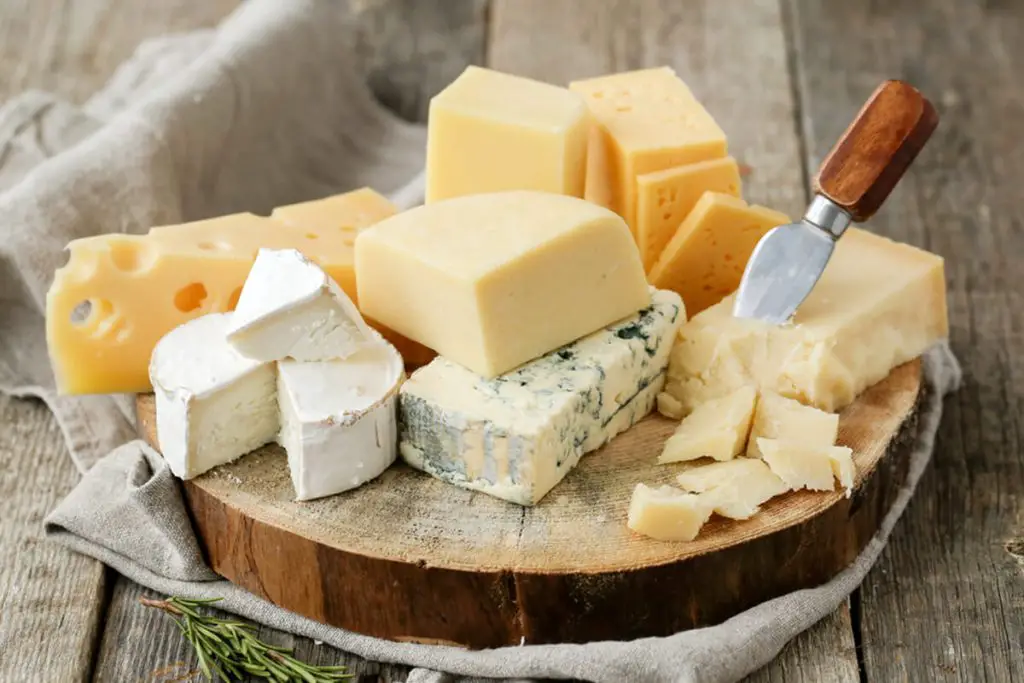
13. Cheese
Cheese is yet another good low-carb, high-fat choice for keto dieters, and with countless varieties on the market, there’s no shortage of choices to choose from.
Although the exact composition of nutrients varies based on the type of cheese, most types are good source of calcium and protein. Some fermented variants such as gouda or cheddar also provide probiotics.
Enjoy cheese slices with veggie sticks or melt over steamed or roasted vegetables. Try to add shredded cheese to grilled meats or salads or use it to create mushroom keto pizza sliders.
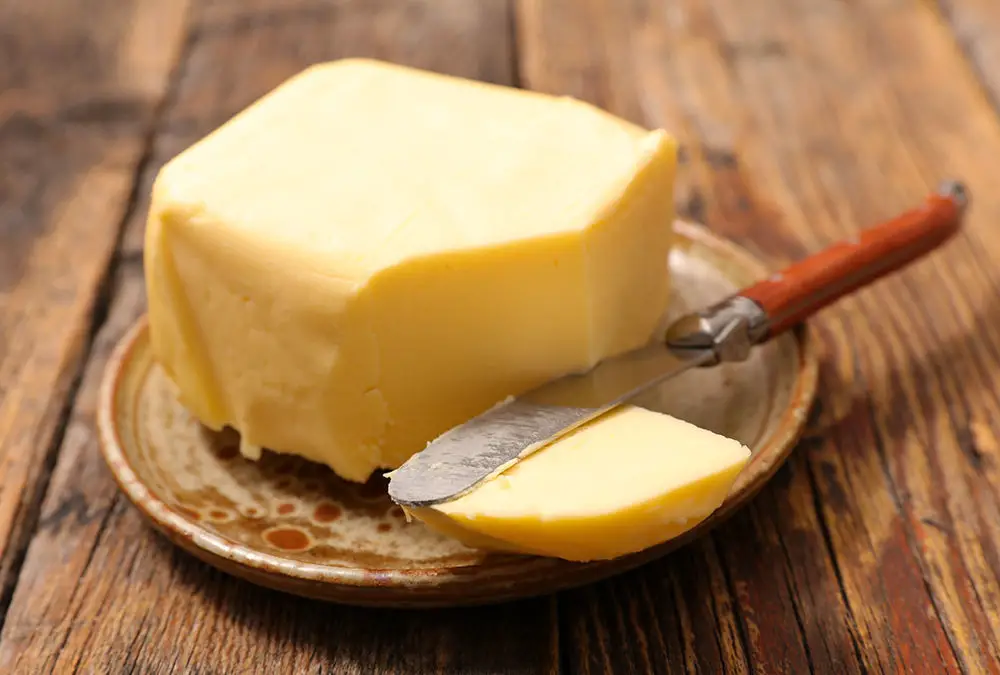
14. Butter
Butter is ideal for your keto life style, as it has no carbs and about 80% fat.
Although it has long been known a threat to cardiovascular health, ongoing research suggests that there’s only a minor or neutral connection between butter consumption and heart disease risk.
Butter is also one of the richest butyrate food sources.
Early studies suggests that this kind of of short-chain fat could play an important role in improving brain health.
Research also indicates that natural butter from grass-fed cows might have a slightly more nutritious fat composition than butter from traditionally raised grain-fed cows, however make sure it is of excellent quality whatever type of butter you buy.
You can sauté or roast vegetables in butter or spread it on low-carb, keto-friendly pancakes, waffles, or muffins,. Before roasting, rub butter over the whole chicken to get perfectly crispy skin.
Fats to Restrict on Keto
Although fat makes up most of the calories on a keto diet, not all fat sources are beneficial to your health — even though they fit in your diet plan’s macronutrient allocation.
Artificial Trans Fats
Synthetically produced trans fats are well-known for greatly increasing risk of heart disease and must be avoided regardless of the diet you are following.
Trans fats are often found in highly processed oils and industrially prepared processed foods like crackers, biscuits, pastries, cookies, cakes, and other ultra-processed snacks.
Trans fats can be stated under the ingredient labels “shortening” or “partially hydrogenated oils”. It is better to avoid foods containing these labels as much as possible.
Note that several countries, including United States, have forbidden or limited the usage of artificial trans fats.
However, under the present Food and Drug Administration (FDA) regulation, products containing trans fat manufactured before the 18th of June 2018 may still be distributed until January 2020.
Moreover, if a food contains fewer than 0.5 gram of trans fat per serving, the manufacturer can label it as having 0 gram of trans fat.
Processed Meat
Processed meats such as cured and smoked meats, hot dogs, salami, sausages, and deli meat are often marketed as keto friendly.
Although these foods theoretically fit into a keto diet plan, numerous studies show an connection between high consumption of processed meats and higher risk of digestive tract cancers.
Therefore, it is best to minimize your consumption of these foods. Instead, concentrate as much as possible on consuming minimally processed, whole foods.
Fried Foods
Deep-fried foods are also included in some keto diet plans, but you might want to think very carefully before incorporating it to yours.
Fried foods tend to contain a lot of trans fats, which would increase your risk of cardiovascular disease.
Some kinds of highly refined oils usually used for frying, like canola oil, often contain trans fats in small amounts. As the oils are exposed to very high temperatures, the more trans fats can be created.
Fried food soaks up high amounts of such fats and, over time, regular intake could result to damaging health effects. Hence, keep your consumption of fried foods to a minimal level to promote your health while pursuing a keto diet.
Conclusion
The keto diet focuses on high-fat foods, but certain fat sources are healthier than the others.
A few examples of healthy sources of fats are seeds, nuts, olives, coconut, avocados, and fatty fish.
Eat fats from nutrient-dense, organic whole foods to better support your keto diet lifestyle and eliminate those that came from overly-processed meats, oils and fried foods.
Pinnables
Share this article by pinning one of the pinnables below under your Keto Diet board!

